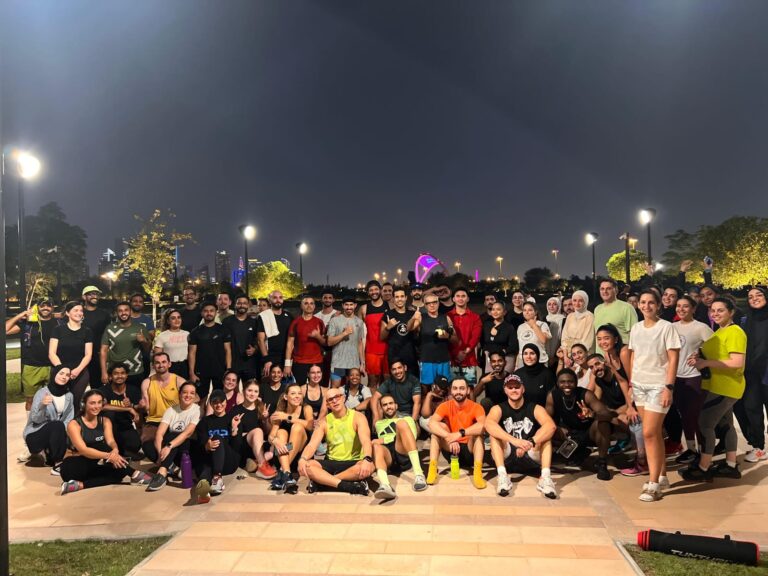Optimize the Timing of Your Email Campaigns: A Guide to Choosing the Best Time to Send Newsletters and Sales Emails
By Dr. Mario G. Figlioli — Kulassa Weekly Tips — Reading Time: 1 minute and 45 seconds
In digital marketing, timing is everything, especially when it comes to email marketing. Whether you’re launching a new campaign or you’re a veteran in the field, knowing when to send your emails is crucial to ensure they don’t get lost in the sea of unread communications.
Why Is Timing So Important?
Your emails are not the only ones competing for the recipient’s attention; they are up against hundreds of other messages. Sending your communications when your audience is most active increases the likelihood they will be opened and read.
Tips for Establishing the Perfect Timing
Here are some tips based on our experience and industry best practices to ensure you achieve remarkable results:
- Consistency in Timing It’s vital, especially for newsletters, to send them at the same time and on the same day. For example, our newsletters are sent every Tuesday at 5:00 PM. This helps your audience become familiar with your communication, making it a regular appointment they can expect.
- Initial Experimentation If you’re just starting out, it may be necessary to experiment with different times and days of the week to understand when your audience is most receptive. Once you’ve identified a pattern, stabilize it to allow your audience to get used to it.
- Data Analysis Always monitor two key metrics:
- Open Rate
- Click-through Rate (CTR) These indicators will help you understand which days and times generate the most engagement.
- The Best Days According to recent studies, the days with the best performance are:
- Tuesday: Best open rates.
- Thursday: Best outcomes for business objectives.
- The Best Times
- 8:00 AM: Great for open rates.
- 5:00 PM: Ideal if the goal is the click rate.
- 12:00 PM: Recommended for business objectives.
- Days to Avoid Avoid sending emails on Saturday, Monday, and Sunday, when open and interaction rates tend to be lower.
Conclusion
Remember, the tips provided are based on statistical data and may not precisely reflect the needs of your specific target market. The best approach is to continue testing and adapting your sending strategy based on your audience’s reactions. This is the only way to truly discover the best time to reach your customers.
We look forward to hearing how these tips have improved your email marketing campaigns! Join the discussion on our blog and share your experience.







